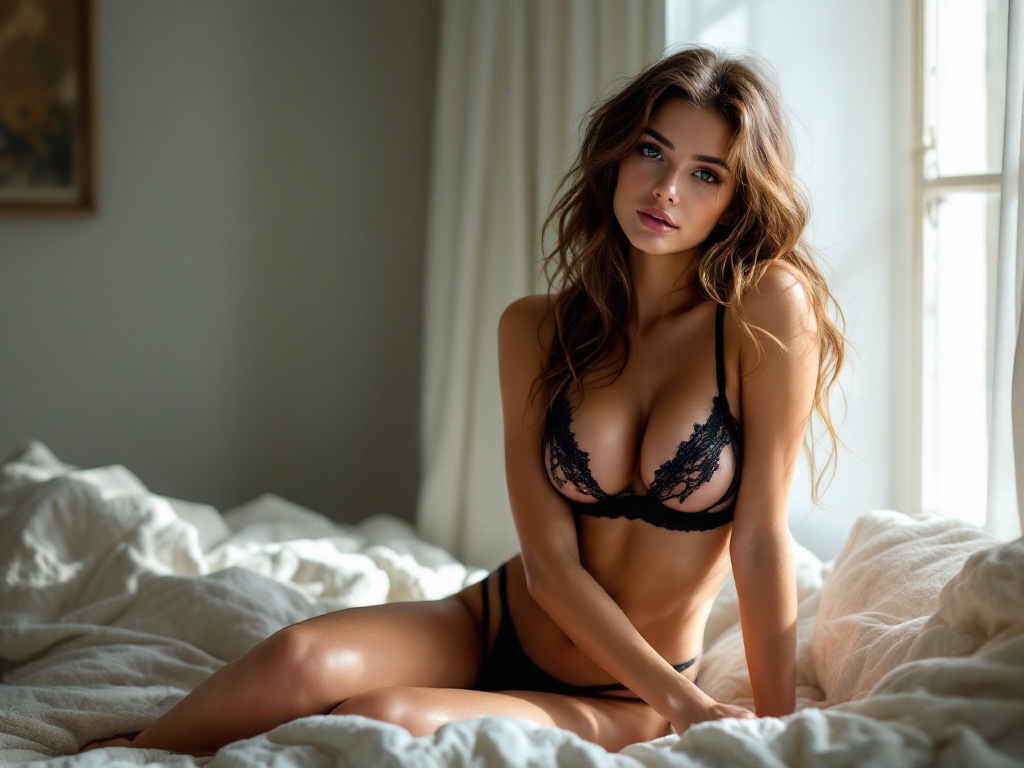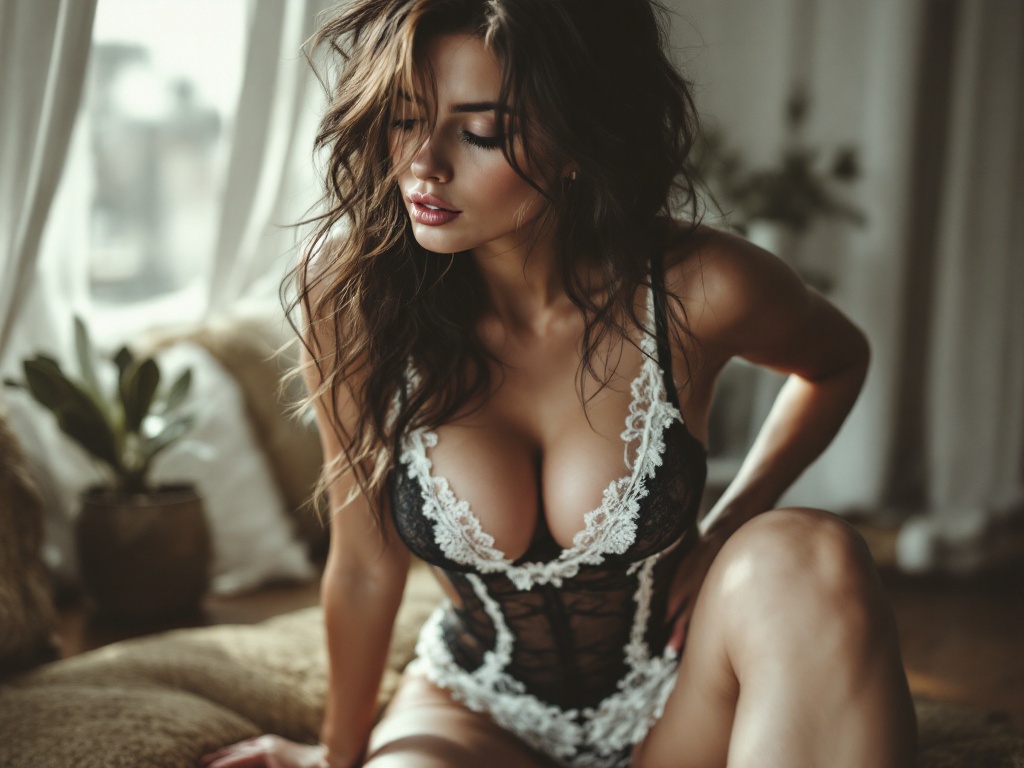
The convergence of art, technology, and erotica leads us into a compelling realm where creativity knows no bounds. As artists increasingly embrace modern tools and platforms, the traditional lines that once defined erotic expression are continuously redrawn. This unique intersection invites both admiration and debate, reflecting evolving societal attitudes toward intimacy, sexuality, and artistic freedom. Artists today leverage everything from digital canvases to artificial intelligence, creating works that provoke thought and foster connection. Not only does this challenge the norm, but it also amplifies the voices of creators who explore erotic themes with fresh perspectives. The incorporation of nude AI art is one such phenomenon that embodies this shift, pushing boundaries further than ever before.
Throughout history, art has encompassed a wide range of themes, but erotica remains a focal point of fascination for many. From ancient civilizations that celebrated the human form to contemporary artists who reimagine sensuality in digital formats, erotic art has consistently evolved. This evolution parallels technological advancements, illustrating a profound relationship between artistic expression and the tools available. By exploring this historical context, we can better understand how past influences shape modern approaches to eroticism in the arts.
The Historical Context of Erotica in Art

Erotica has been a prominent element within the realm of art for centuries, serving as a reflection of human behavior and social norms. From the statues of ancient Greece to the astonishing works of the Renaissance, artists have long been captivated by themes of love, lust, and desire. These historical masterpieces often provide more than mere aesthetic pleasure; they can challenge viewers to consider deeper questions about intimacy and relationships. The evolution of erotic art illustrates changing cultural attitudes over time, revealing both acceptance and condemnation of sexual expression.
The Role of Modern Technology in Artistic Expression

As we progress into the 21st century, technology plays a crucial role in shaping artistic endeavors. Digital tools such as graphic design software, 3D modeling, and animation platforms allow artists to create immersive representations of erotic themes. This modern approach brings forth a new form of engagement, one where viewers are not merely spectators but active participants in the experience. The line between creator and audience blurs, as interactivity becomes a vital component of artistic expression.
| Aspect | Traditional Art | Digital Art |
|---|---|---|
| Medium | Canvas, Sculpture | Digital Paintings, Animations |
| Accessibility | Gallery Shows, Auctions | Online Exhibitions, Social Media |
| Interactivity | Static Viewing | Interactive Installations |
The capacity for digital platforms to explore erotic themes is nothing short of transformative. Artists can utilize animation and 3D modeling techniques that break the mold of traditional representations. Immersive experiences created through these technologies allow viewers to interact with art in ways that evoke deep emotional responses. This shift reflects a growing acceptance of sexuality and the diversity of individual expression. As audiences consume art across screens, the experience becomes fluid and dynamic, further emphasizing the non-static nature of modern erotic art.
The Emergence of AI in Erotic Art Creation
Artificial Intelligence is increasingly making its mark in the creative world, generating art that responds to user inputs. This innovative approach raises significant questions regarding authorship and originality, especially in the context of erotic art. By analyzing vast datasets of existing works, AI can create entirely new forms of expression that challenge traditional artistic processes. Yet, with such power comes responsibility, leading to ethical debates surrounding the implications of AI-generated erotica.
The Influence of Social Media on Artistic Collaboration
The rise of social media has democratized the art world, providing artists with platforms to showcase and share their work. For erotic artists, this visibility offers a unique opportunity to engage diverse audiences and collaborate with other creatives. Platforms like Instagram and TikTok foster community and provide support, encouraging experimentation and innovation. Aside from individual expression, these collaborations can evolve into movements within the art scene, enriching the discourse surrounding erotic themes.
Cultural Perspectives on Art and Erotica in Technology
Different cultural perspectives play a substantial role in shaping the artistic portrayal of erotica, particularly as technology becomes an integral part of the creative process. Societal norms, from how sexuality is perceived to the acceptance of nudity, vary significantly around the world. As artists navigate this landscape, their work reflects a blend of personal and cultural influences, enriching the global dialogue about eroticism. Understanding these differences allows for a more nuanced appreciation of how technology intersects with art and erotic themes.
Conclusion
The fascinating intersection of art, technology, and erotica continues to evolve, challenging creators and audiences alike to question societal norms and celebrate individual expression. By embracing innovation in artistic practice, creators not only push boundaries but also create dialogues about intimacy and desire. As we witness this ongoing transformation, it becomes clear that each development invites further exploration of the human experience. Whether through digital art, AI-generated pieces, or the collaborative power of social media, this intersection opens doors to unique experiences that resonate deeply within the realms of art and eroticism.
Frequently Asked Questions
- What defines erotica in art?
Erotica in art is characterized by its focus on sexual themes and the human body, often aiming to evoke emotional or sensual responses. - How has technology changed the way we experience erotic art?
Technology allows for new mediums and platforms, enhancing engagement and personal interaction with erotic art, such as VR experiences and digital galleries. - Are there ethical concerns related to AI-generated erotic art?
Yes, ethical concerns include questions of consent, ownership, and the potential for reinforcing stereotypes or unhealthy depictions of sexuality. - Can social media be beneficial for erotic artists?
Absolutely. Social media provides exposure, networking opportunities, and community support, which can help artists gain recognition and foster collaboration. - What are some examples of cultural differences in the portrayal of erotica?
Different cultures may emphasize varying elements of eroticism, from nudity acceptance to the focus on sensuality or emotional connection, reflecting broader societal values.